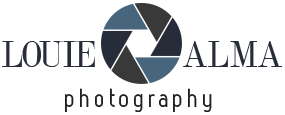La Bajada de la Virgen Returns to La Palma
Move over Glastonbury, there’s a party brewing in the Atlantic – and, only on this occasion, it’s been ten years in the making. This summer, the island of La Palma in the Canaries will host one of the world’s most unique and endearing cultural celebrations: La Bajada de la Virgen de las Nieves.





